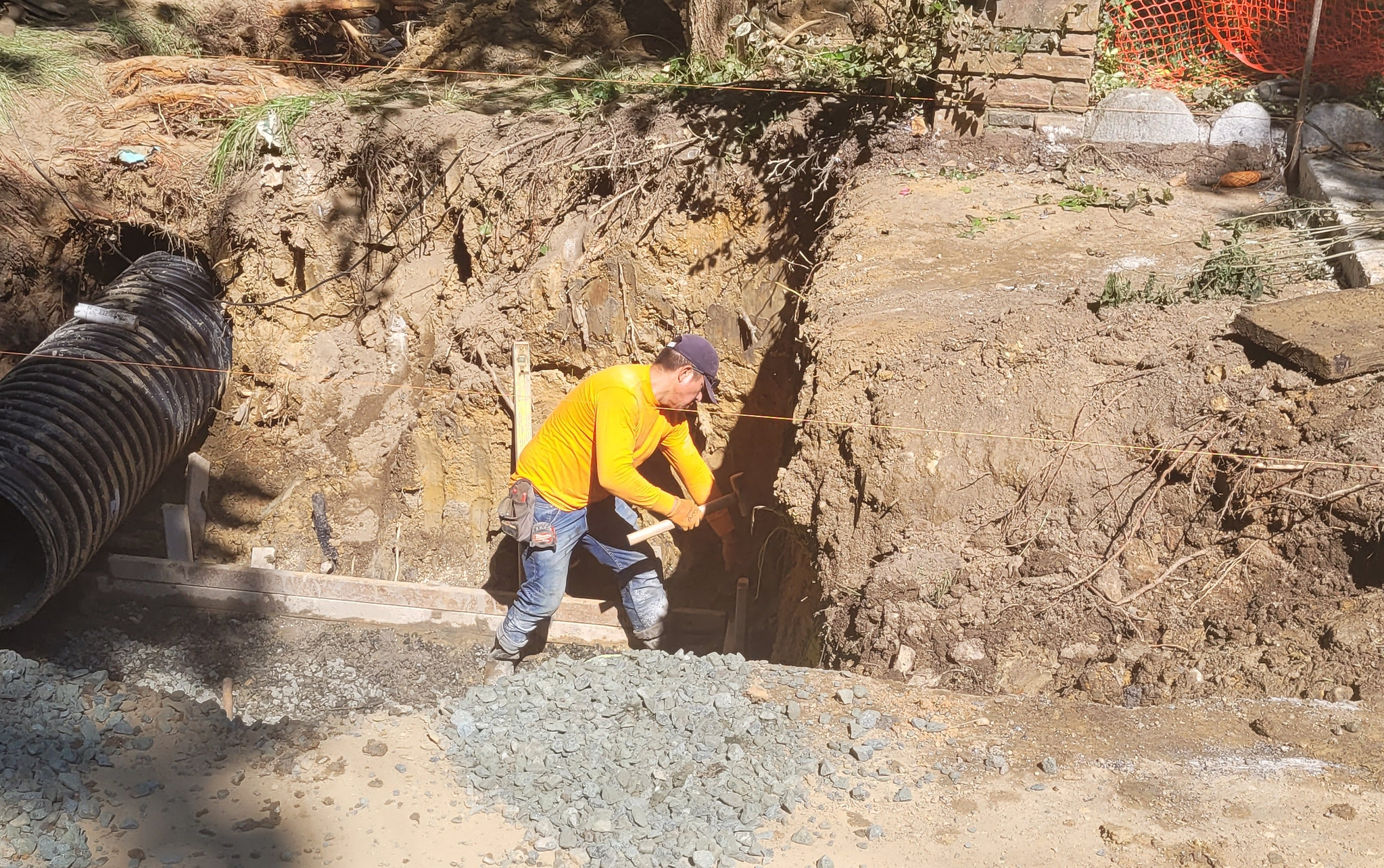Note: This post was updated on December 17 to include statements from the AFL-CIO
More people are dying in the workplace, according to the Bureau of Labor Statistics. The BLS issued today its Census of Fatal Occupational Injuries for the year 2021. And the numbers weren’t good.
5,290 workers died in the job in 2021, up almost 9% from 2020. In case you’re counting, that’s one worker every 101 minutes, every day of the week, every week of the year. Around 100 workers every week. Given the low employment numbers in 2020 due to COVID-related shutdowns, the number of fatalities was expected to rise this year after a low in 2020.
But more troubling was that the rate of fatalities (that takes into account hours worked) was also higher than 2020 and higher than pre-COVID 2000 — and highest workplace death rate since 2016.
According to AFL-CIO President Liz Shuler,
“We know that the majority of deaths on the job are preventable through common sense employer programs. Under the law, employers are responsible for maintaining a safe workplace. During the COVID-19 pandemic, we saw the prominent impact of workplace safety on our lives. This report makes devastatingly clear that workers of color are disproportionately losing their lives on the job, and it is the mission of the labor movement to fight for equity and ensure that safety is a guaranteed right. We need to increase efforts to hold employers accountable and unionize dangerous industries that put workers at risk and hurt working families each year, and continue to win strong standards.”
In the Weekly Toll, I attempt to capture the deaths of workers killed on the job every week, something about why it happened and attach a name to workers killed on the job. But as avid readers know, I rarely find more than around one-fifth of all the workers killed every week on the job.
Black and Hispanic Workers
Black workplace deaths are also at an all time high, increasing from 11.4 percent of total fatalities in 2020 to 12.6 percent of total fatalities in 2021. Also, African American workers, as well as Hispanic or Latino workers had fatality rates (4.0 and 4.5 per 100,000 FTE workers, respectively) in 2021 that were higher than the all worker rate of 3.6.
Workplace Violence
There were a number of signs that workers are becoming more vulnerable to workplace violence.
- Fatalities due to violence and intentional injuries by a person increased 10.3 percent to 718 in 2021.
- Almost a quarter of Black or African American workplace fatalities (23.7) are a result of violence as opposed to 14.7 percent for all workers
- Violence was the second highest cause of fatalities to Black or African American workers
- Women workers were disproportionately affected by workplace violence, making up 8.6 percent of all workplace fatalities while representing 14.5 percent of fatal assalts in 2021.
OSHA is working (verrrry slowwwly) on a standard to protect healthcare and social service workers from workplace violence.
The numbers are troubling enough. But remember that behind every death is a spouse, a child a friend and a parent left behind. And remember that almost all of these deaths are preventable.
I’ll likely have more analysis later.
*********
A few additional observations.
Jobs that are getting increasingly deadly with the highest increases in workplace fatalities included transportation and material moving occupations; installation, maintenance and repair operations; and building and grounds cleaning and maintenance operations.
One bright spot on the survey is that workplace suicides continued to trend down in 2021, decreasing 8.9 percent to 236 from 259 in 2020, and down 23.1 percent from 307 in 2019. On the other hand, unintentional overdoses due to nonmedical use of drugs or alcohol rose for the ninth consecutive year to 464 in 2021, up 19.6 percent from 388 in 2020.
Note that CFOI does not include deaths from work-related illness, such as COVID-19, which likely caused thousands of work-related deaths in 2021. No official count — or even estimate of work-related illnesses resulting from COVID has been conducted. Occupational disease caused by other factors, such as toxic chemicals is also not well accounted for.
According the AFL-CIO Health and Safety Director Rebecca Reindel
These data primarily focus on deaths from workplace injuries, not chronic illnesses. We need to strengthen reporting efforts to ensure that work-related illnesses are tracked, counted and reported, because they are not reflected here. We need an honest picture of all dangers workers confront and must do more to protect them on the job.
